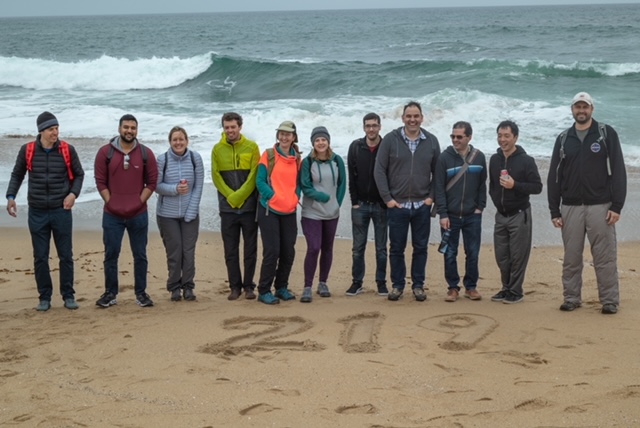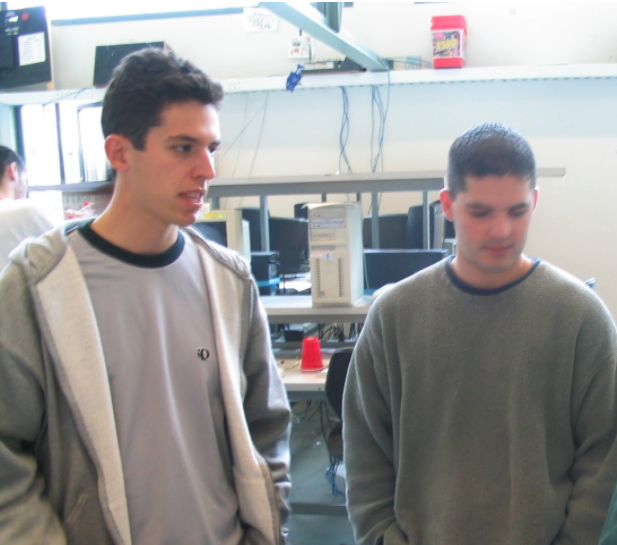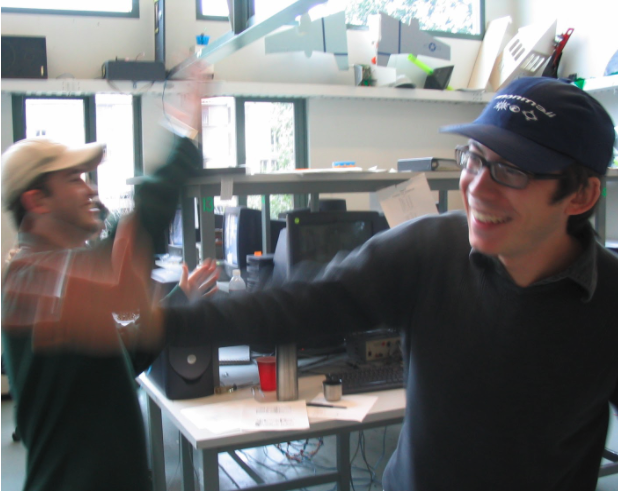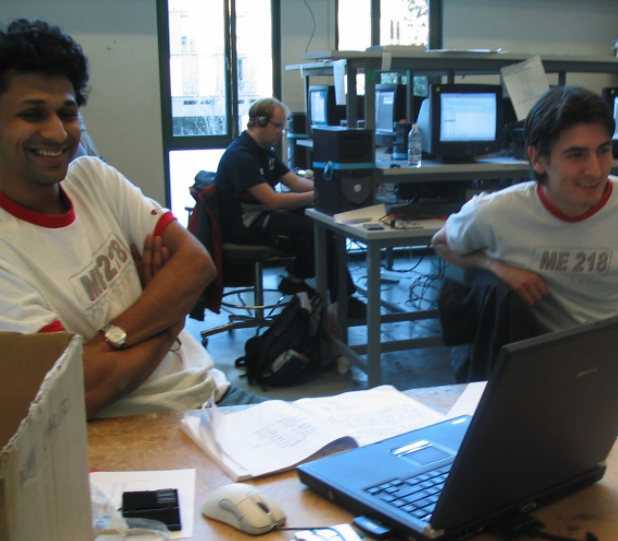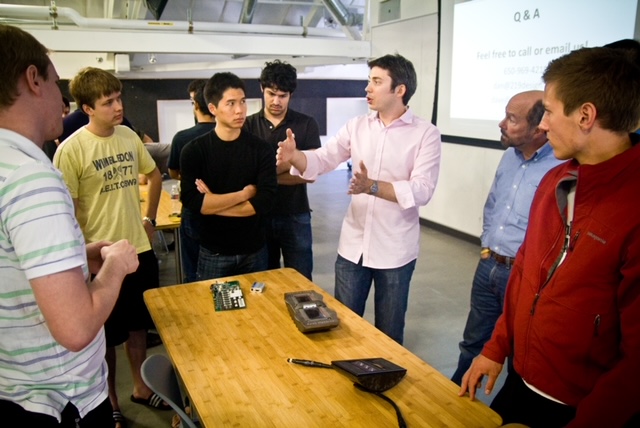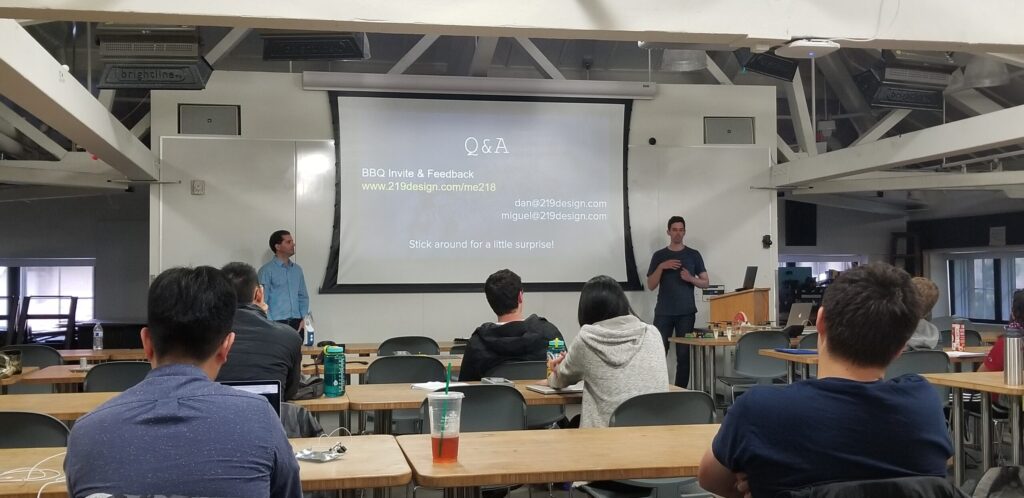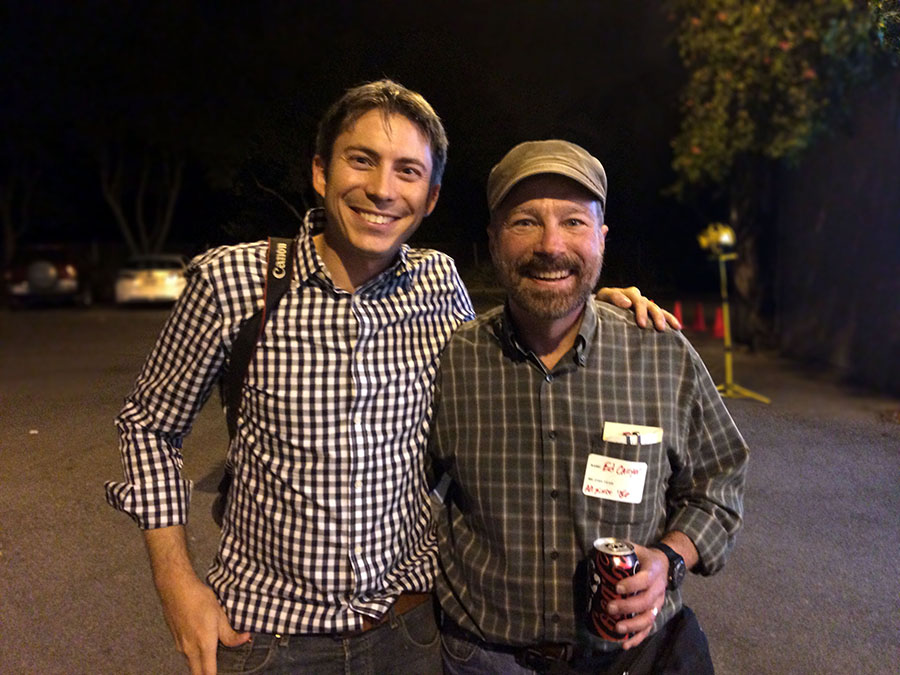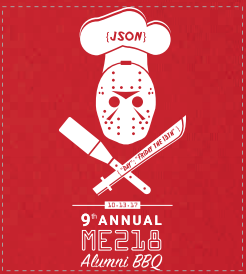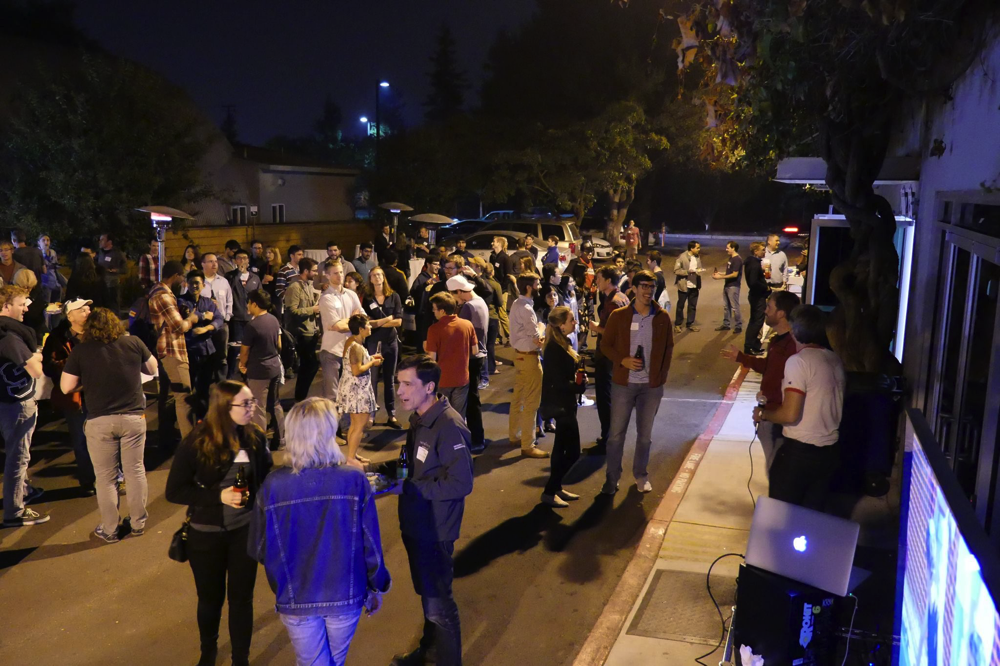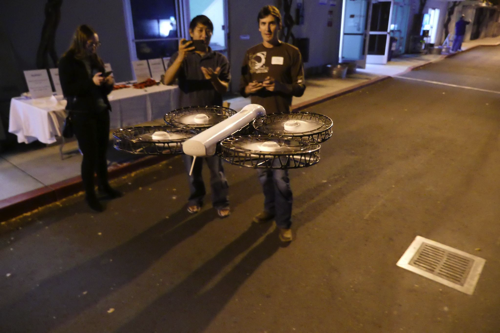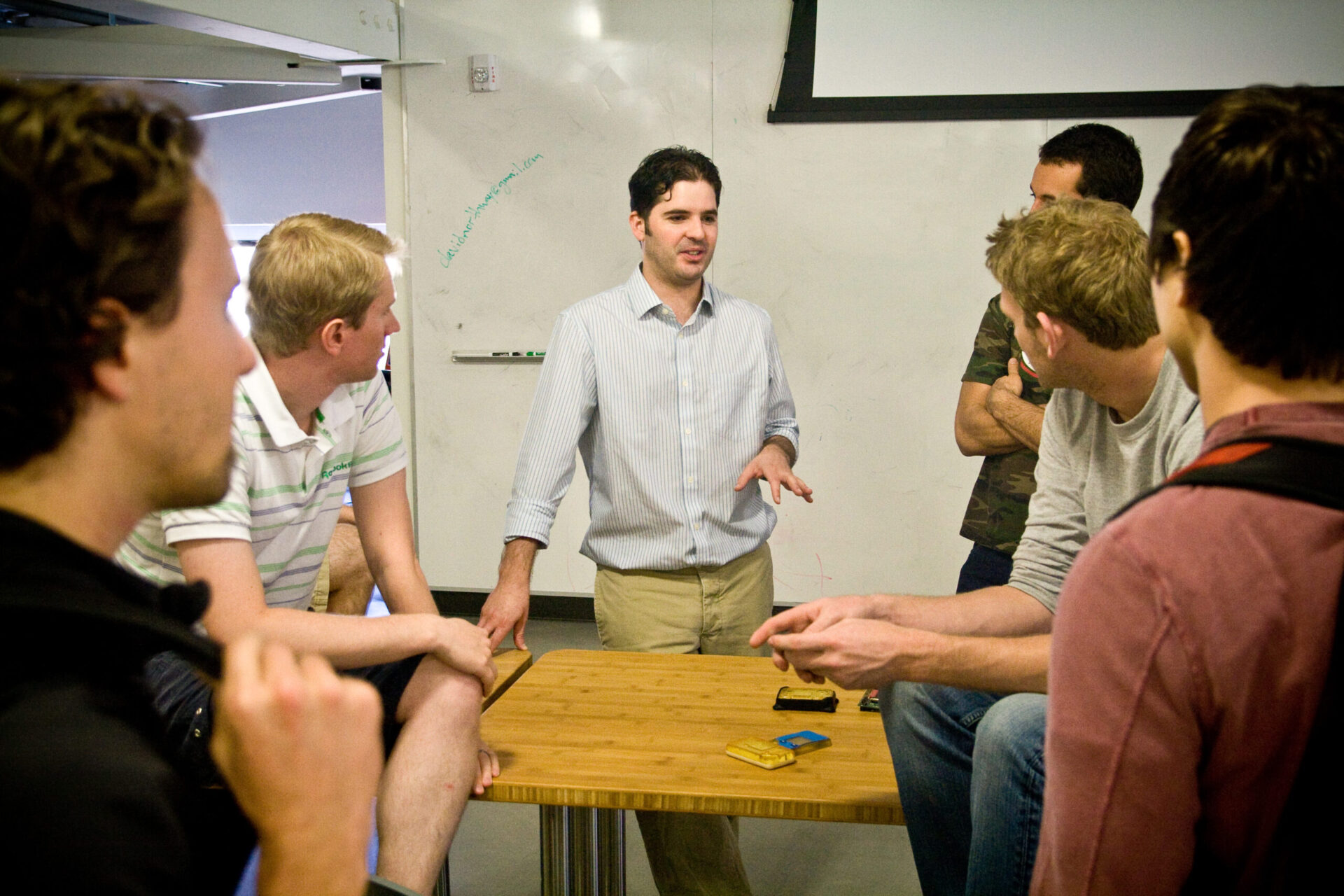
Have you ever had a moment in your life that set the course for everything that followed? For the founders of 219 Design, the answer is a resounding yes. In 2002, we descended upon Stanford University as young mechanical engineers who wanted to learn more. One of the fundamental courses in Stanford University’s MSME program is ME218 Smart Product Development, taught by Ed Carryer for longer than any of us can remember. Ed taught us how to integrate mechanical, electronic, firmware, and software to create smart products.
Some things in life open your eyes and give you a whole new perspective. In this class, we learned to see a product development team as more of an orchestra than an assembly line. Each member must understand not only their own role, but those of everyone else as well. They need to know when to take center stage and when to fall into the background – but at the ready. They need to hear the song clearly and in its entirety.
The Foundation
When we decided to open a product development firm, we knew it wouldn’t be enough to simply be multidisciplinary (lots of disciplines under one roof). We had to be interdisciplinary (an integration of knowledge and methodology). Our team had to understand the big picture and the common, shared goals.
We recognized that developing smart, connected devices requires true interdisciplinary systems engineering and knowledge of the latest emerging technology. As a result, 219 Design was created specifically to rethink the development of smart products based on a synthesis of approaches.
Our core values are all about continuously learning, challenging ourselves, and enjoying our separate lives too. We are proud of the company we have grown into, but are always looking for ways to be even better.
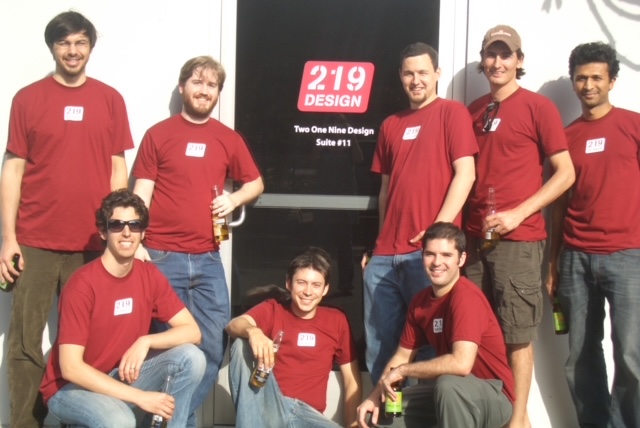
Giving Back
We owe so much to ME218 and we love to give back a little by sharing some of the lessons we’ve learned along the way. Our yearly guest lecture has been a part of ME218 for almost a decade now. Coming back to the classroom to meet current students is something we really enjoy. Our annual alumni BBQ helps to keep 218ers connected. We’ve held an ME218 reunion BBQ every year since 2009 (virtually in 2020). It’s grown to over 200 people with alumni that go all the way back to 1989 and beyond. What an incredible group of people.
From Student to Teacher
Being a student is pretty different than operating in the real world. In our annual lecture, we talk about student vs. professional and the real world of product development. Here are a few of the highlights.
Value of time
Let’s face it, your time as a student isn’t that valuable. In school, you have time and no money. After school, you have no time, but hopefully a little more money. DIY may no longer be the best way to accomplish a task after graduation. Make sure you think about the return on investment for all your options.
Requirements
The professor clearly defines project requirements and keeps them static throughout the entire project. After school, you will likely be involved in drafting those requirements and they will very likely change over time. It’s important to be flexible and open to new ideas.
Project Duration
In school, the quarter is only a few months and the project is only part of that. After 218, projects often go for years. There will be times you need to rush and times you need to wait. The more interdisciplinary knowledge you have, the more valuable you will become throughout the project.
Robustness
Your school project has to last just a few weeks through check-ins but, in real life, it has to last years or longer. That is a very different thought process and why designing for manufacturing is so important.
Documentation
The order of magnitude grows exponentially after school and it’s so, so important.
Today
The original founders are all still here! Now, we are older and wiser but we still believe in our core values. We are selective about the projects we take on, making sure we are fully engaged and can deliver great results. We invest in our 24+ person team via training and tools, and support their work on a wide range of challenging projects. All the while, we are creating an environment where our engineers can not only do their best work, but live their best lives too.
